Roofing Services in Sutton are essential for protecting property value and safety, preventing leaks, damp, and insulation failure that can lead to costly energy loss. With recognised authority across London and the Home Counties—Kent, Surrey, West Sussex, and Berkshire—each project is managed to meet compliance, enhance durability, and assure long-term performance for your building.
With years of experience, accreditations like Which Trusted Trader and CITB, and partnerships with premium suppliers such as Welsh Slate, ALM Lead, and Kemper, you’re assured best-in-class workmanship. Book a free survey today and protect your property.

Neglecting roofing issues often leads to leaks, damp penetration, insulation failure, and gradual structural problems. Delayed action always increases future risks and costs for property owners—including major repairs or loss of insurance cover.

Professional Roofing Services in Sutton resolve these dangers by ensuring stronger weather protection, better energy efficiency, and adherence to building regulations. Homeowners gain lasting peace of mind, landlords secure their asset’s value, and businesses ensure safety and operational efficiency. Proactive roof care is a secure investment for any home, flat, or commercial site.
Roofing Services in Sutton covers installations, repairs, upgrades, and heritage-grade restorations for all properties—residential, commercial, and listed. Our approach is focused on long-term performance, regulatory compliance, and the use of high-quality materials from trusted suppliers. Every service is tailored to your property, delivered with proven safety, durability, and care.
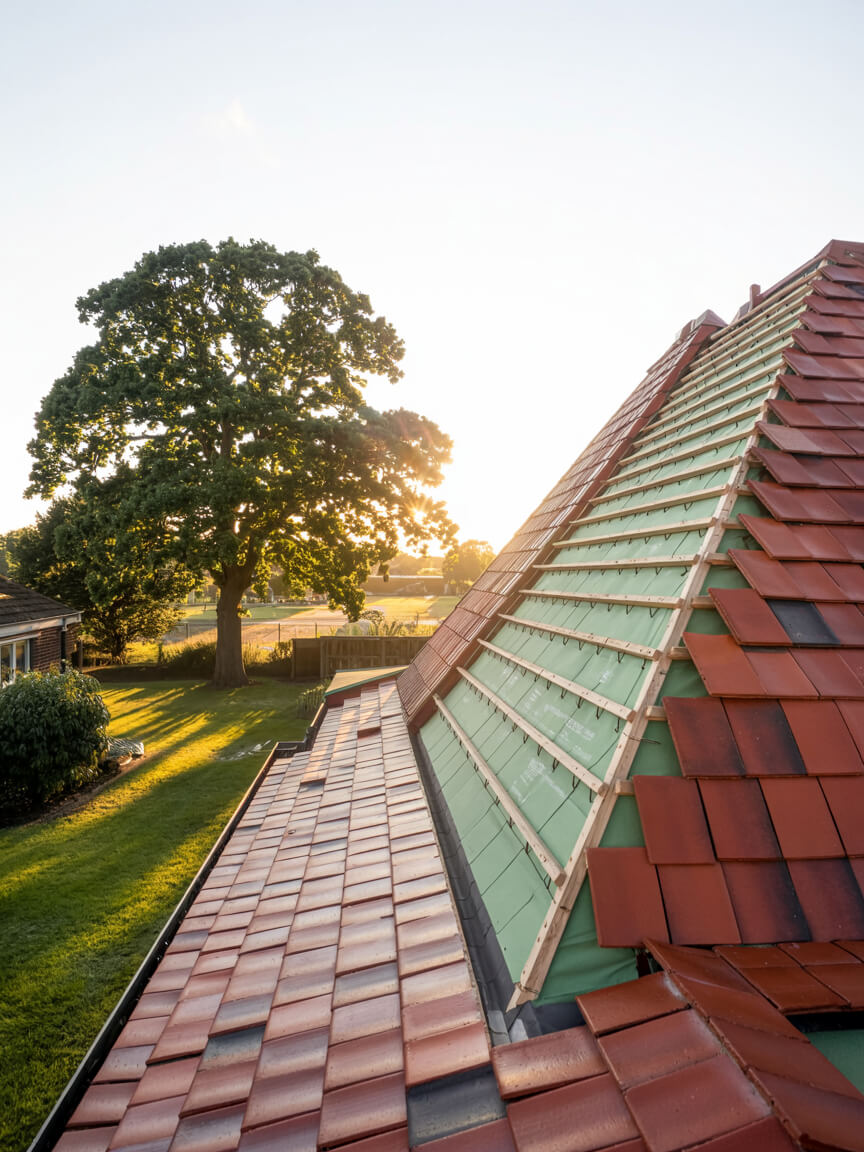
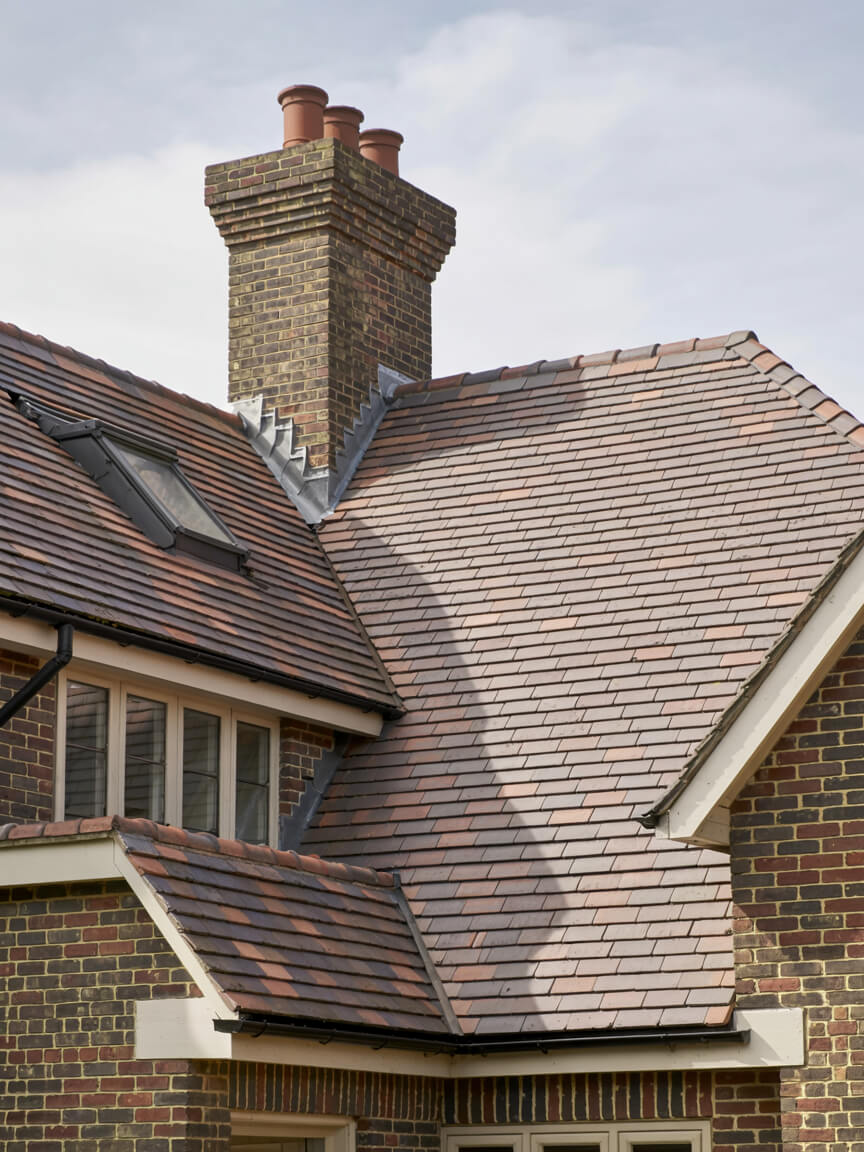
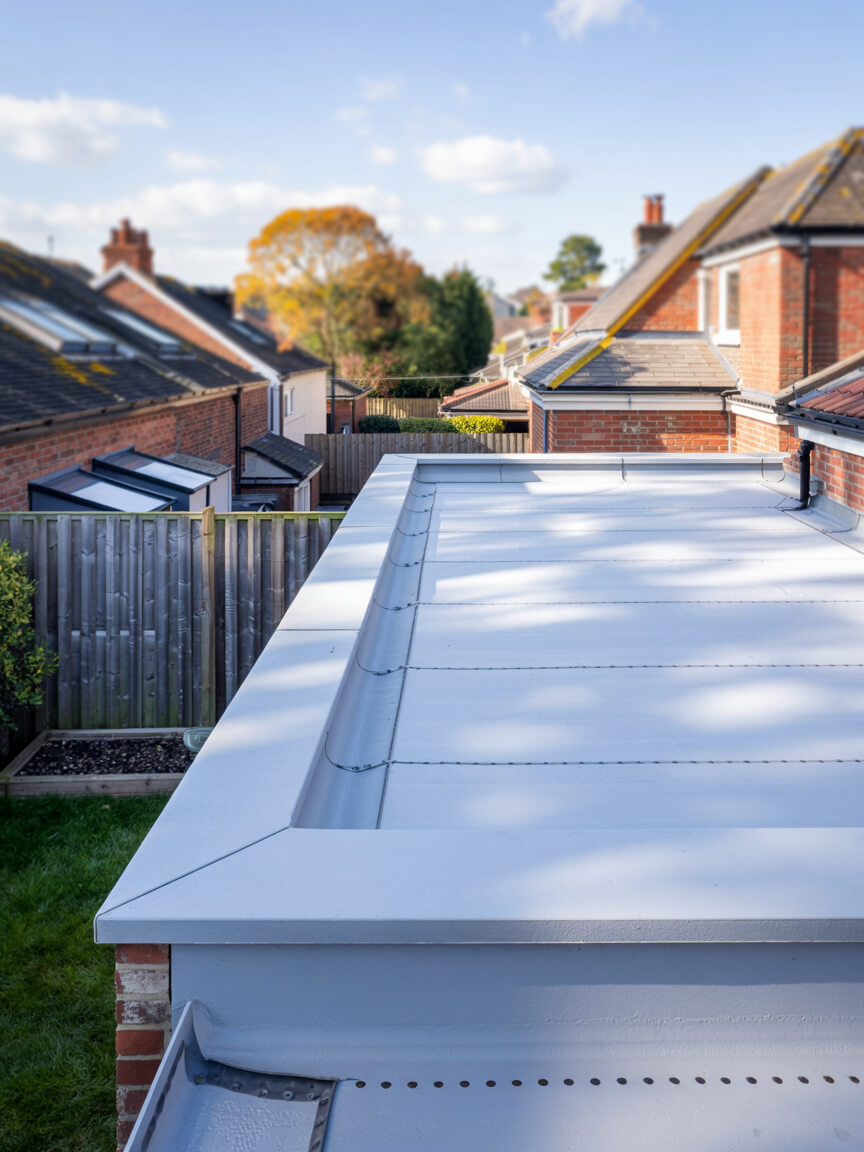
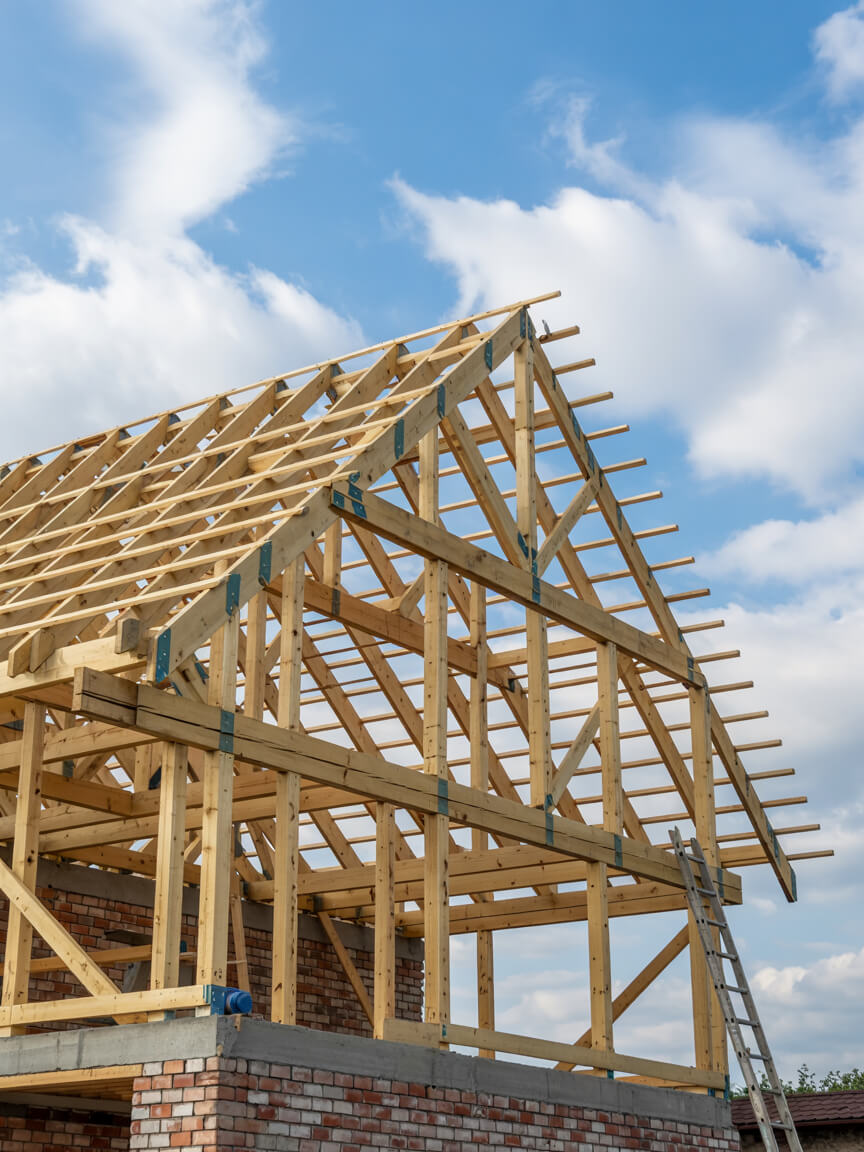
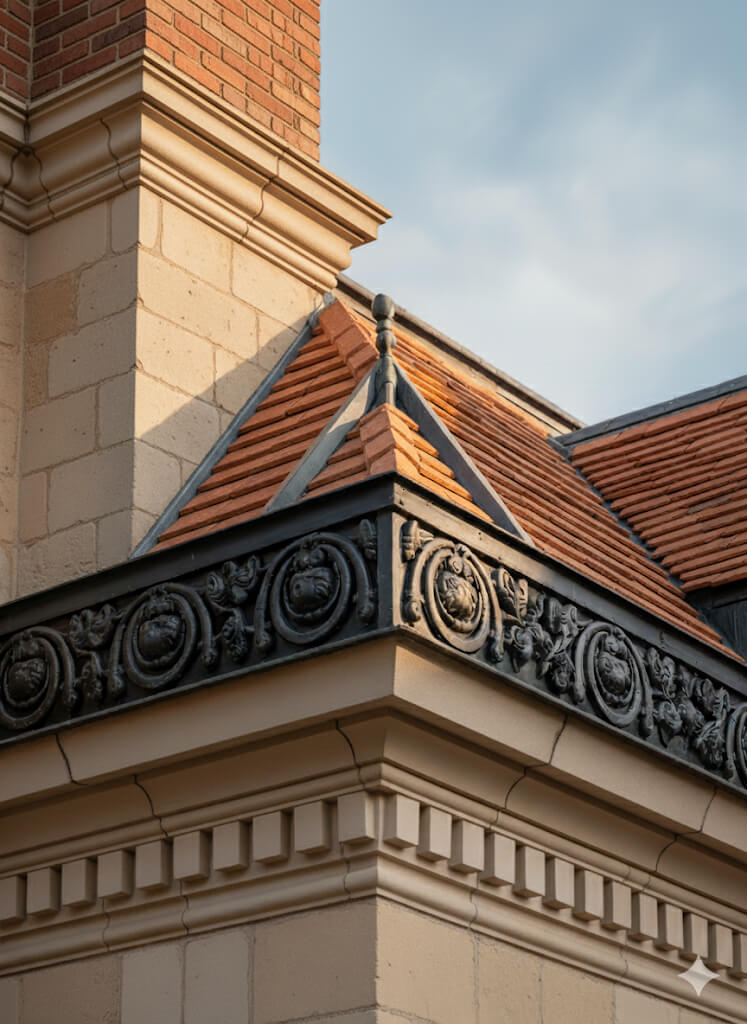
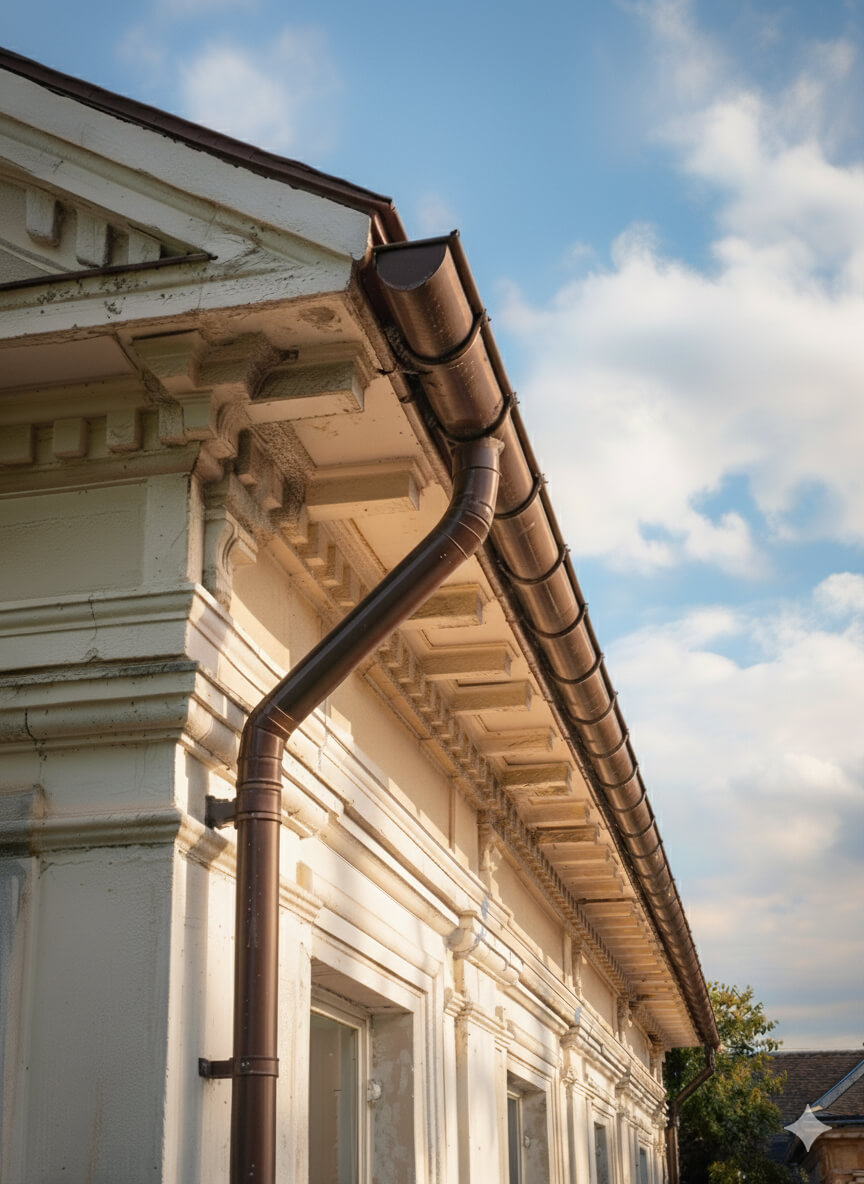

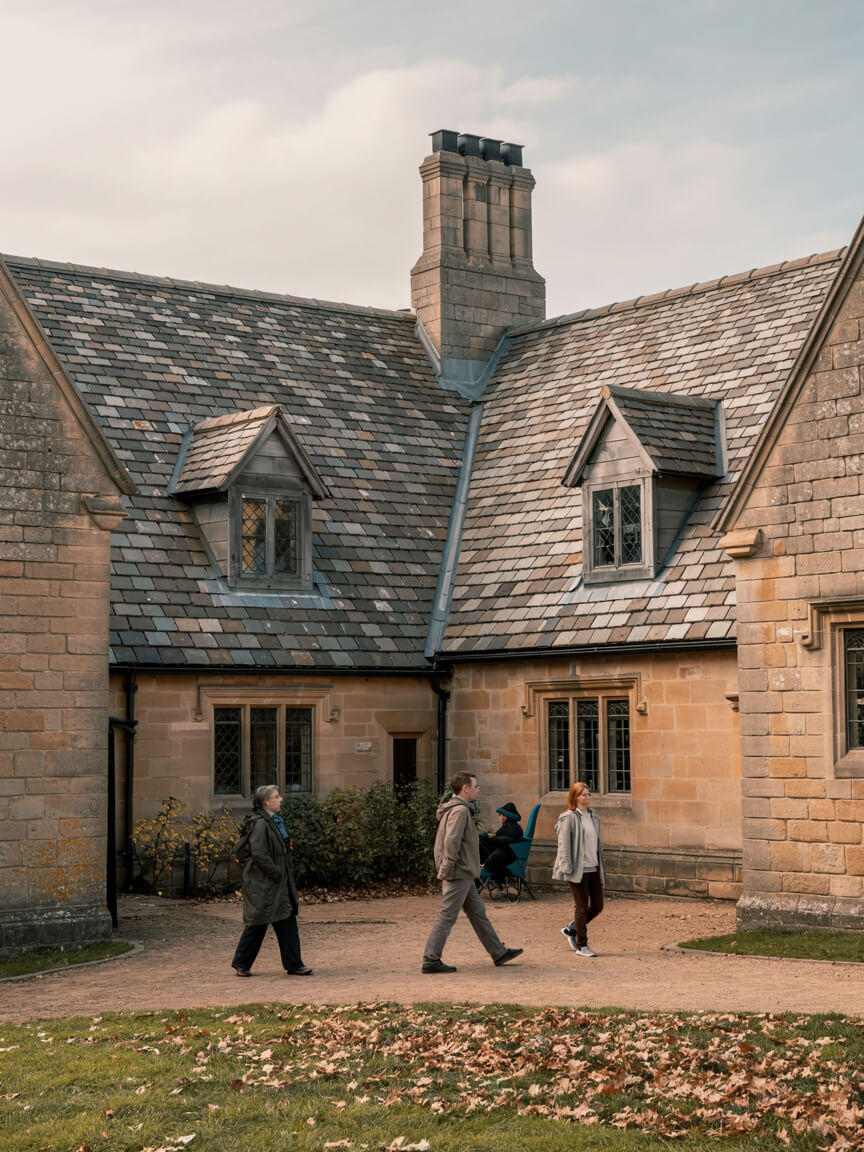
Every Roofing Services in Sutton project is adapted to property type, roof structure, and environmental demands. Tailoring ensures compliance with regulations, minimises disruption, and maximises long-term value. From homes and businesses to industrial sites and listed heritage buildings, our flexible approach guarantees roofing solutions that meet unique needs while delivering safety, efficiency, and reliability.
Homes, extensions, and listed buildings.
Offices, retail, schools, and hospitality.
Warehouses, factories, and logistics sites.
Every Roofing Services in Sutton project follows proven steps with quality materials. Whether a new installation, upgrade, or repair, each layer adds durability, safety, and efficiency—tailored to protect your property and meet regulatory standards.
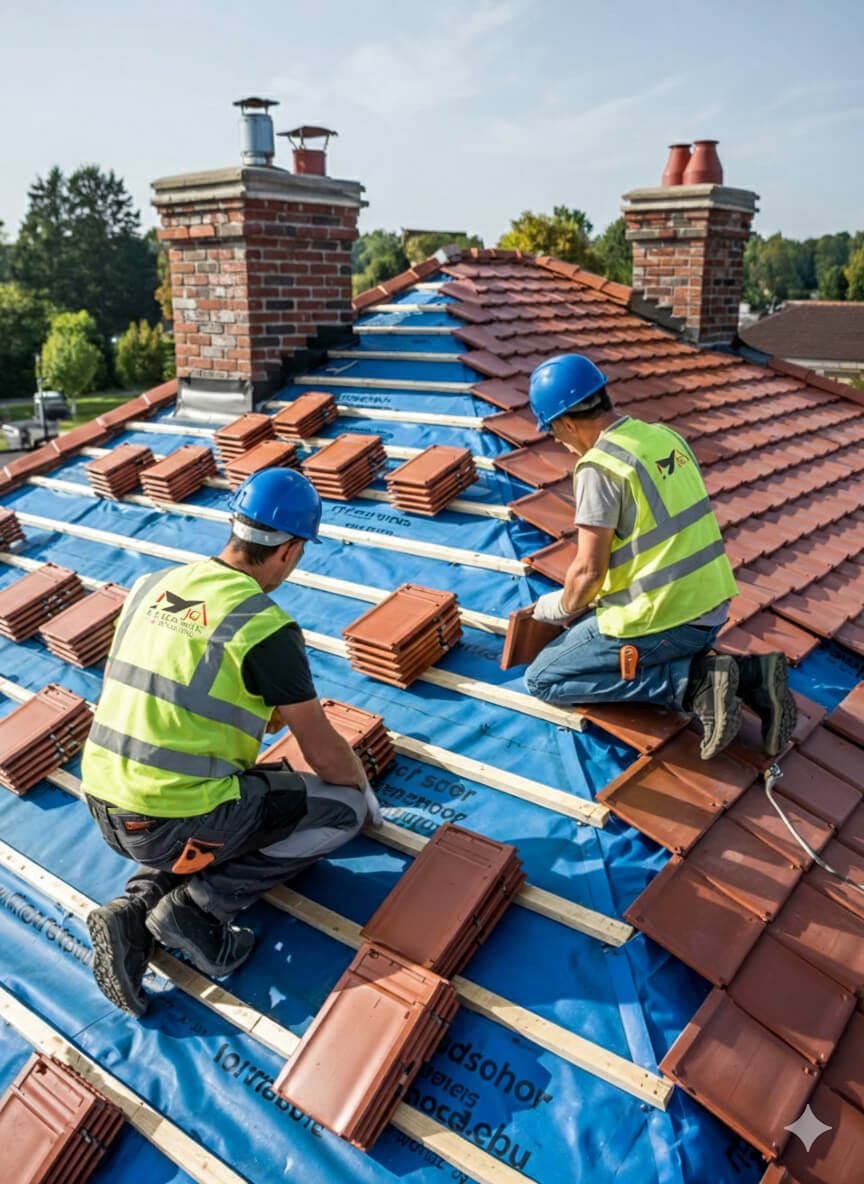
Get a free, no-obligation quote today.
Our experts are standing by to help you choose the perfect flat roofing solution.
⏱ Response within 24 hours guaranteed
Accredited by Which Trusted Trader, CITB, and approved by Kemper and Westwood, our team delivers safe, compliant, and warranty-protected Roofing Services in Sutton projects. These credentials mean guaranteed standards and long-term assurance—reinforced by the positive client reviews that consistently highlight quality, professionalism, and trust.


Complete reroofing. Living in Singapore at the time and T was super responsive and communicative.
Replacement of lead box gutter and new flashing to parapet wall. I had an excellent experience using James and the team. He was very prompt in all aspects of communication and completed a first class job. Really pleased.
James completed some repairs on our roof and replaced some of our pebble dash by the roof as well. He was very thorough and fixed everything. He kept us really informed by taking photos and showing us what he did and keeping us updated. It also went onto our neighbours roof and he did the same fo...
We had a leak in our bedroom and James fixed the roof for us to stop it from leaking. All the work came with a warranty. The work that was carried out was good. James and his team were polite, and did all the work quickly and without too much interruption to our day-to-day lives. Would recommend ...
J G Leadworks have repaired and replaced the roofs and gulleys over our warehouse and workshops which have meant both areas are now watertight
James and team were incredibly responsive to my request to look at a serious leak issue on my flat roof. They did a very thorough investigation and explained in detail the issue and gave a fair quote. They were quick to book in and complete the work and have checked in afterwards a few times to m...
James was quick to respond to the initial contact and was able to work around some time constraints I had. He explained what needed doing clearly and was happy to answer follow up questions. He took pictures to show each stage and I feel confident in the work that was done by James and the team. ...
JG Roofing were very easy to work with. Their quote was sensible and they stuck to that figure. They completed many repairs to my roof including, rebuilding a leaded gutter, reinforcing rotten rafters, rebuilding a long felted gutter and felting parapet walls, resurfacing and felting a flat roof,...
Planning and legal checks protect clients from costly errors, delays, and non-compliance, ensuring roofing projects meet regulatory and safety requirements.
Permission is typically required for listed properties, conservation areas, or major roof alterations. All projects must also satisfy Building Regulations, including Part A (structural safety) and Part L (energy efficiency), ensuring compliant and future-proofed installations.
Our team manages the full process, from initial surveys to legal guidance, preparing documentation, and liaising with local authorities where needed. Whether working on modern homes or heritage sites, we ensure every project is delivered legally, safely, and with minimal disruption—providing complete reassurance and peace of mind to property owners.

Every project unites skilled workmanship with rigorously tested materials.
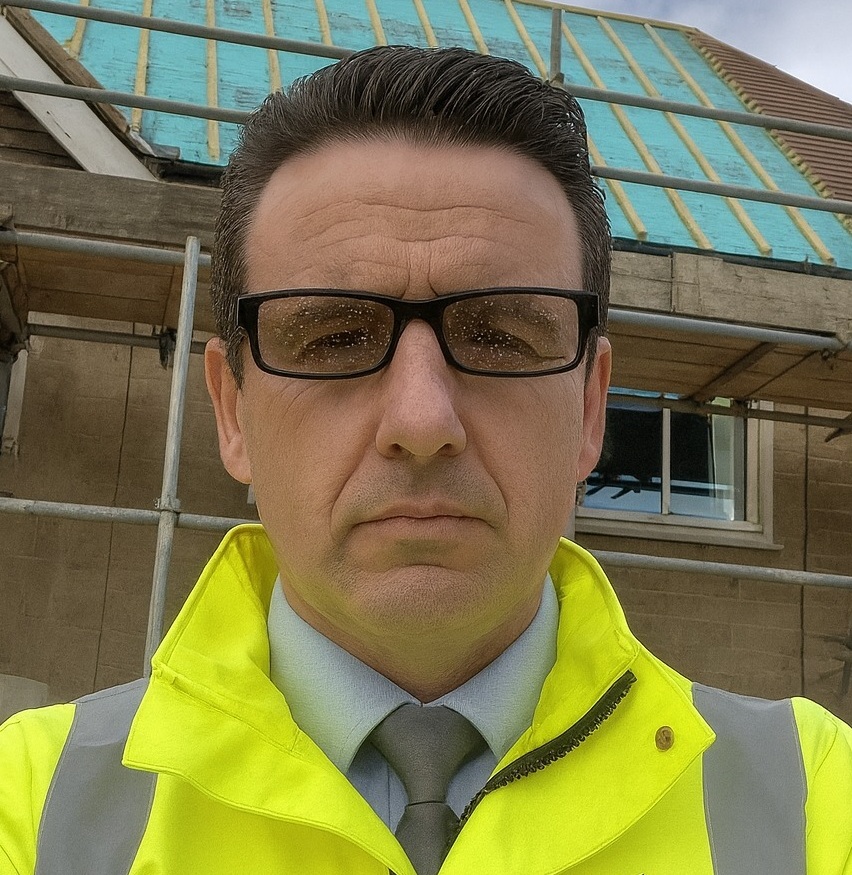
With 25 years of experience in lead sheet roofing, James is a trusted expert in heritage roofing, slate, and tiling. His knowledge of traditional methods, paired with modern compliance, makes him a go-to specialist for projects that demand both craftsmanship and durability.
Roofing Services in Sutton provides lasting protection, efficiency, and value, delivering durable, compliant roofing solutions that safeguard every type of property investment.
Selecting Roofing Services in Sutton involves balancing durability, budget, compliance, and aesthetics to secure the best-fit roofing solution for your property.
Why Do Sutton Clients Choose JG Leadwork and Roofing?
Our specialists understand Sutton’s planning rules, material preferences, and the climate demands that shape local roofing longevity. Heritage-listed homes, commercial premises, and new builds each get a tailored solution, compliant with both building regulations and practical day-to-day realities.
Your project benefits from some of the most robust trade qualifications in the industry. Our teams are not only Which? Trusted Trader and CITB accredited, but also approved by leading manufacturers, including Kemper, Westwood, IKO, ALM, and Nicholson Air Track. This means you’re covered by manufacturer warranties and work is always installed to recognised standards.
For heritage work, you’ll see craftsmen using Welsh Slate and handmade clay tiles—installed to the Lead Sheet Association (LSA) standard. Commercial clients benefit from engineered Kemper and Westwood systems built for foot traffic and chemical resistance. Whether it’s period restoration or a modern flat roof, the approach is never “one size fits all”.
Every job is assigned a team that fits your project’s complexity and heritage needs. You work with surveyors who scope concerns and spot hidden issues; NVQ-qualified installers who stay up-to-date with both modern flat and old-school pitched techniques; and supervisors who ensure each stage meets Building Regulations with photographic documentation for your records.
Safety and care aren’t marketing lines here—they’re part of our workflow, from initial access setup to the last inspection and handover. This method minimises disruption, shortens installation times, and keeps workmanship consistent across every stage.
You want tangible proof a team will deliver. That’s why every quotation details warranties, certifications, and compliance packs you can verify. Real projects—such as listed building roof restorations using original materials, or commercial flat roofs that protected operations during refurbishments—demonstrate a track record of getting results under scrutiny.
Here’s what recent clients say:
Ongoing aftercare, including annual maintenance and free advice, is part of the service. Roofing is not a one-off investment—you should feel supported, informed, and confident about the long-term health of your property.
{SEGMENT-11-CONTENT-10}
{SEGMENT-11-CONTENT-11}

Get a free quote, rapid response, and expert service across London and the Home Counties. Contacting JG Leadwork and Roofing is your simple first step to dependable roofing solutions.
Material selection is where expertise meets long-term value. JG Leadwork and Roofing sources only from proven manufacturers:
• IKO and Supreme for robust felt and asphalt systems, suited to Sutton’s mix of pitched and flat roofs.
• Kemper, Westwood, and Proteus for advanced liquid waterproofing—giving older properties or commercial units seamless weather protection.
• Genuine Welsh Slate, heritage handmade clay tiles, and ALM lead for listed or character properties, fitted with exacting authenticity.
• Nicholson Air Track systems for effective roof ventilation, reducing risk of damp and hidden decay.
.
.
For homes: You receive solutions that boost energy efficiency, comfort, and kerb appeal—using materials that match Sutton’s housing stock and weatherproof your property for decades.
For businesses and landlords: Installations are planned around you, with out-of-hours options and clear communication. Flat roofs, rapid repairs, and large-scale re-roofing minimise operational downtime and guarantee regulatory compliance for insurance and lease protection.
For heritage and listed buildings: Skilled conservation experts blend traditional and contemporary methods, securing listed building consent where needed. Handcrafted materials, authentic leadwork, and coating technologies are chosen to ensure modern insulation and lasting protection—without compromising historical character.
JG Leadwork and Roofing serves residential, commercial, public, and heritage clients throughout Sutton—adapting to the needs and risks of every sector.
Your business continues with minimal interruption. We ensure workspace safety and regulatory fit for your team and visitors.
Community spaces, schools, and care facilities get robust protection along with all documents needed for regulatory checks and audits.
Industrial and warehouse roofs are engineered for wide spans, heavy loads, and routine maintenance cycles to sustain business longevity.
Authentic materials and careful craftsmanship meet strict planning demands, while incorporating discreet modern weather protection.
Shopfronts, hotels, and venues gain reliable, attractive roofing that supports both customer experience and uninterrupted trade.
Roofs for schools and clinics are designed for safety, hygiene, and learning continuity—tailored to demanding sector regulations.
Your job is handled by NVQ-qualified tradespeople, Lead Sheet Association-trained heritage specialists, and staff up-to-date on safety and working-at-height protocols. Modern survey tools like drone-assisted inspections are standard, helping spot hidden faults and prevent surprises once works begin.
Continuous training ensures expert delivery—whether you’re restoring a listed home or repairing a commercial flat roof. Your project’s compliance, documentation, and handover are always completed by someone with the experience and proof to back it up.

It starts with a detailed survey—a physical and, if required, drone-aided inspection to highlight leaks, ageing materials, and structure. You get a comprehensive, itemised quote (never a low-ball estimate) showing costs, timing, and warranty terms.
All safety and access logistics are managed. Scaffolding and impact minimisation protect your home, occupants, and property boundaries.
Workers use accredited systems and follow manufacturer, LSA, and Building Reg standards at every stage. Daily on-site checks and photographic logs keep you in the loop and ensure any problem is spotted before it can become costly.
Handover always includes a final walkthrough, warranty pack, and aftercare guidance. Your questions are answered end-to-end, and maintenance or repair support is on hand after the main job is finished.
{SEGMENT-17-CONTENT-5}
{SEGMENT-17-CONTENT-5}
In a crowded market, many roofers tick similar boxes. Where JG Leadwork and Roofing stands out is in transparent proof, compliance leadership, and specialist knowledge.
In a crowded market, many roofers tick similar boxes. Where JG Leadwork and Roofing stands out is in transparent proof, compliance leadership, and specialist knowledge.

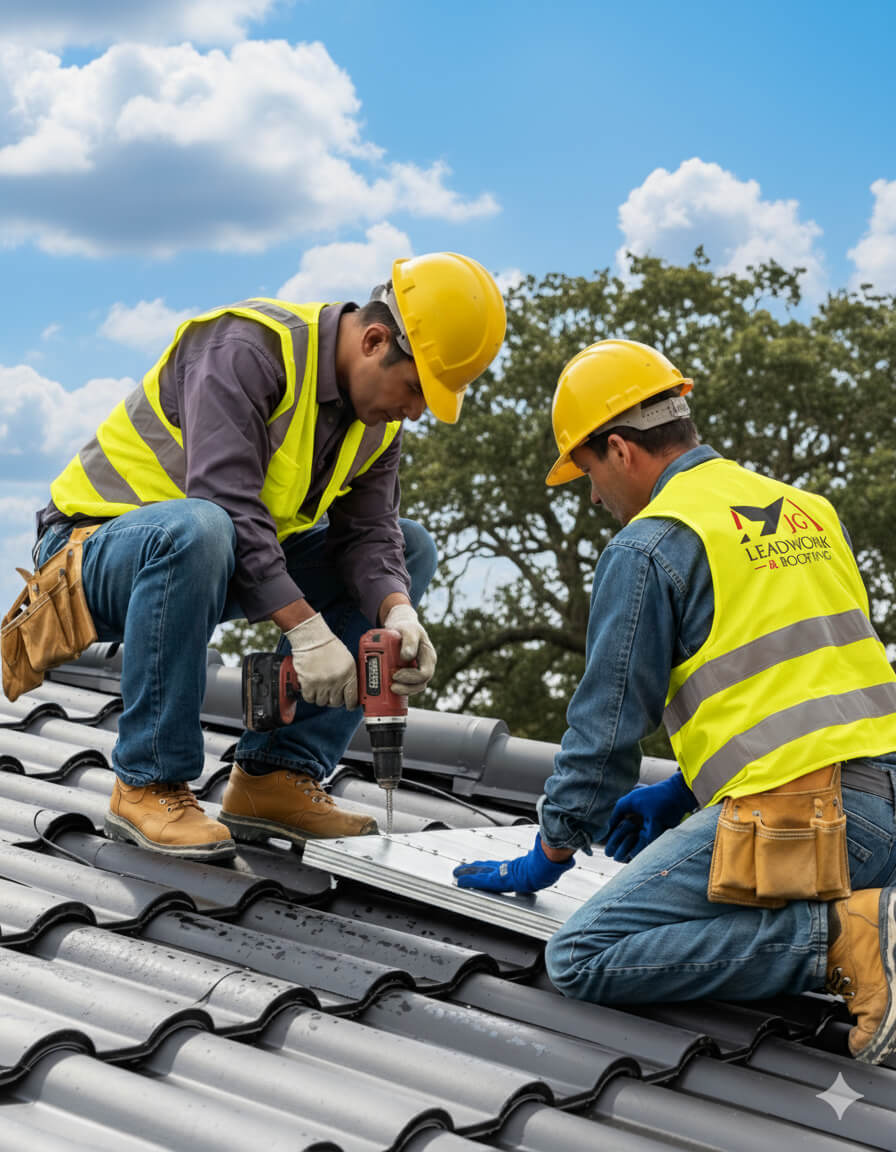
Every Sutton roofing project is managed under a structured quality assurance system:
This reduces the chance of disputes and ensures insurance protections remain valid. Your investment is protected—for years, not just until the rain stops.
Every project is aligned with strict UK Building Regulations—protecting both you and any future insurance claim. BS 5534 structural standards provide peace of mind that your roof is built to last. Part L insulation and energy measures cut long-term bills and keep you future-ready.
CITB-trained teams operate with safety as a non-negotiable, and you receive full insurance documentation for claim support and future warranties. You never have to wonder if shortcuts were taken—your project is regulated from the first scaffold to the last sign-off.
Property owners often wonder about Roofing Services in Sutton—from costs and timescales to permissions. Below, you’ll find straightforward, trustworthy answers to the most frequent and practical queries.
Roof leaks after heavy rain are often the result of overlooked vulnerabilities in the roofing system, where water finds a way past what should be weatherproof barriers. For property owners in Sutton dealing with heavy downpours, identifying what lets water in is critical since even a minor leak can rapidly lead to damaged ceilings, rotting timbers, or, worst case, widespread structural and electrical hazards. Recognising root causes early helps not just avoid escalating repair bills, but also protects your property’s safety and value.
The primary defence against rainfall is the roof covering and waterproof membrane—such as tiles, slates, felt, or single-ply sheeting. Over time, physical ageing, UV exposure, and frost–thaw cycles common in the Sutton area cause materials to degrade. In pitched roofs, cracked or slipped tiles and degraded underlay can expose the timber beneath. On flat roofs (e.g., felt, EPDM), years of weathering often result in blisters, splits, or worn seams. Even a gap of 2–3 mm can channel water in during intense rainfall. Once compromised, water travels along timber supports, often dripping several metres away from the actual defect, which creates confusion about the root cause. Repeated wetting can trigger timber decay and mould, especially if leaks are ignored for a single winter season.
One of the most frequent sources of leakage—especially apparent with sash windows, parapet walls, or chimneys— is flashing failure. Flashing refers to the strips (commonly lead or suitable alternatives) that seal junctions between roofing materials and walls or protrusions. In the UK, differential movement (from thermal expansion or slight structural shifts) and corrosion can crack or dislodge flashing. Where flashing is poorly installed, too short, or split at corners (a common oversight on older homes), heavy rain will drive water sideways by capillary action—the tendency of water to travel along tight spaces or joints. Signs to look for include visible splits or gaps at abutment points, water stains on chimney breasts or near dormer cheeks, and musty odours inside. Left unaddressed, this type of leak can cause localised rot or even brickwork staining.
The Sutton climate brings frequent periods of persistent rain, wind, and winter frost—each amplifying risks if the roof was not built with adequate pitch (slope), upstand height or proper drainage design. Ponding water—where water stands on a flat roof for more than 48 hours after rain—can exceed the UK-recommended maximum (usually no more than a few millimetres deep), leading to rapid membrane deterioration and increased risk of leaks. Blocked gutters or outlets compound this, allowing water to back up under tiles or membrane edges. Poor attic ventilation or insufficient insulation (covered under UK Building Regulations Part L) further contributes to interstitial condensation, where warm moist air condenses within the roof structure. This hidden moisture mimics or worsens leak symptoms even if the roof covering is intact. Typical cues include peeling paint, sagging plasterboard, or a lingering damp smell, particularly after cold spells.
Accurately diagnosing leaks starts with a detailed visual survey—look for cracked tiles, lifted flashings, splits in felt or membrane, and water tracks in the loft. Moisture metres can pinpoint damp areas inside, while a borescope (a small inspection camera) allows careful checking inside concealed voids. For flat roofs, core samples show the actual membrane and insulation condition, revealing trapped water. On larger or inaccessible areas, drone surveys can detect pooling water, cracked joints, or debris build-up from above. For clarity, here’s a comparison table:
| Root Cause | Typical Symptom | Risk if Ignored | Indicative Remedy |
|---|---|---|---|
| Membrane/Tile Degradation | Distant damp patches, visible cracks | Timber rot, escalating leaks | Replace damaged tiles/membrane, inspect underlay |
| Flashing Failure | Stains near walls/chimneys, musty smell | Local decay, chimney instability | Repair or rebed flashing, check detailing |
| Ponding Water/Blocked Gutter | Ceiling stains under flat roof, pooling visible | Blistering, rapid rot | Clear outlets, correct falls, repair membrane |
| Ventilation/Insulation Gaps | Peeling paint, sagging boards, condensation | Mould, hidden decay | Improve ventilation/insulation per Part L regs |
Timely, targeted inspection is the only reliable way to avoid further costly water ingress and ensure the roof remains robust despite Sutton’s challenging weather.
The total price of slate versus tile roofing in London depends on a complex interplay of material, labour, regulatory standards, and site-specific factors. Slate roofing is widely recognised for its elegance and longevity, but it often comes at a considerably higher upfront cost than standard clay or concrete tiles. For property owners, contractors, and developers in Sutton and the wider London area, understanding the differences behind these cost structures—and the regulations that govern them—is essential for making informed project decisions and ensuring long-term value.
The reason this comparison matters is that roof covering type affects not only the initial outlay but total lifecycle costs, structural requirements, planning permission likelihood, and even ongoing maintenance demands. Choosing between slate and tile means balancing local architectural context, compliance demands, installation complexity, and future-proofing your investment.
The first key factor is the cost and sourcing of the material itself. Natural slate is quarried, graded, and individually cut, making it one of the most expensive mainstream roofing options in the UK. For comparison, Spanish slate might fall in the region of £45–£75 per m², while Welsh slate can easily exceed £100 per m² just for the tiles (materials only). In contrast, concrete tiles are mass-produced and typically cost £10–£25 per m², with clay tiles in the mid-range (£15–£40 per m²), depending on profile and manufacturer.
Material costs are only part of the storey—they also dictate weight, which may require reinforcement of the underlying structure, particularly with heavy natural slate. Sourcing also impacts long-term matching if repairs are needed; slate offers greater continuity if future replacement becomes necessary.
Labour constitutes a significant portion of roofing costs. Slate roofing installation is a specialist trade. Slates are fixed individually, often requiring double-lapping or “headlap” for weathertightness, with skilled cutting needed around hips, valleys, and chimneys. This means slate installation can exceed £60–£100 per m² (excluding materials), sometimes rising for intricate patterns or conservation projects.
By contrast, tiles—especially interlocking concrete or clay types—can be fitted more quickly, sometimes halving the labour cost per m². The skills required for traditional plain tiling (with smaller tiles and more laps) sit between the two. Compliance with BS 5534 is mandatory for both, but slate in particular requires careful batten spacing, fixing, and allowances for wind uplift—a regulatory step that increases both time and cost if not planned in advance.
London and Sutton both have numerous conservation areas and listed buildings, where planning permission and local authority input can heavily influence both allowable materials and project costs. Slate roofing is often required for heritage or period properties under conservation rules, sometimes mandating specific sourcing (e.g. Welsh or reclaimed slate), adding procurement difficulty and expense.
Building regulation Part L introduces minimum U-value requirements that can affect roof build-up thickness and the type of insulation system used. Slate, being thinner, may require more complex underlay and insulation methods to meet thermal demands, impacting both cost and design. BS 5534, meanwhile, dictates fixing methods, especially for heavier tiles/slates or in high-wind zones common across London suburbs.
Roofing costs in London reflect not just material and regulation but also external market and site elements:
Before deciding between slate and tile roofing, it helps to compare key practical differences:
| Factor | Slate Roofing | Clay/Concrete Tile Roofing | Why it matters |
|---|---|---|---|
| Material price (per m²) | £45–£120+ | £10–£40 | Direct impact on upfront costs |
| Labour cost (per m²) | £60–£100+ | £30–£50 | Complexity and time of specialist fitting |
| Planning restrictions | Often required in heritage | Rarely mandatory | May limit choices on listed buildings |
| Structural weight | Heavy (may need extra joists) | Lighter | May require expensive reinforcing |
| Insulation to Part L | May need specialist layers | Easier to build up U-value | Ensures thermal compliance |
| Long-term maintenance | Low (repairs costlier) | Moderate, cheaper repairs | Slate can last a century if maintained |
The time required to replace or instal a new roof in Sutton typically ranges from a couple of days to two weeks, depending on property type, roofing system, and weather conditions. Most residential re-roofing projects—such as a standard pitched roof on a house—are completed within 2–5 working days, while more complex or heritage jobs can take longer due to specialist requirements. Understanding these timelines is essential for homeowners, landlords, facility managers, and heritage custodians planning budgets, minimising disruption, and ensuring legal compliance. Timely installation not only reduces disturbance but also supports the long-term health and safety of the property.
Most pitched roof replacements on an average three-bedroom house take 3–5 working days. This includes removing old tiles or slates, fitting underlayment (a waterproof membrane beneath the tiles), battens (horizontal supports for tiles), and then installing and fixing the new covering. Flat roofs—using materials such as EPDM rubber, GRP fibreglass, or felt—are often completed in 1–3 days. Larger or unusually shaped properties, or those with intricate features like dormers, valleys, or extensive leadwork, as well as heritage or listed buildings requiring special craftsmanship (e.g., hand-dressing slates or matching historic details), can require one to two weeks to finish due to extra approvals or technical steps.
Roofing timelines depend on key factors related to both the building and Sutton’s local climate:
Keeping a new roof in sound condition takes regular, basic upkeep:
A well-installed roof’s durability relies on both its material and regular checks. Here are average figures for Sutton properties:
| Material | Typical Lifespan | Inspection Frequency | Maintenance Needs |
|---|---|---|---|
| **Slate** | 80–100 years | Every 5 years | Replace cracked or slipped slates |
| **Clay Tile** | 50–75 years | Every 3–5 years | Clear moss, re-bed loose tiles |
| **Concrete Tile** | 40–60 years | Every 3 years | Inspect for cracks and weathering |
| **Felt** | 10–20 years | Every 2 years | Patch repairs, check laps and edges |
| **GRP (Fibreglass)** | 25–35 years | Every 2–3 years | Clean outlets, check for cracks |
| **Liquid System** | 25–40 years | Every 3 years | Monitor seams, recoat if needed |
| **EPDM Rubber** | 25–40 years | Every 2–3 years | Inspect seams, check for shrinkage |
Sutton’s frequent rainfall and thermal expansion joints (small gaps to allow for expansion and contraction with changing temperatures) mean weatherproofing and inspection routines are especially valuable. Proactive care extends performance and preserves warranty cover for homes, commercial sites, and important heritage buildings.
Knowing the true costs and guarantees behind a roofing project can make the difference between a safe investment and unintended headaches for years to come. Whether you’re a homeowner watching the budget, a landlord planning for predictable expenses, or a business needing warranty-backed assurance, understanding the big-picture numbers and protections is essential. Roof replacement or repair is often one of the largest property maintenance decisions you’ll face — so clear cost breakdowns, warranties, and evidence of installer credibility help remove risk and give confidence that your money is well spent.
Roofing costs in Sutton can vary dramatically depending on the service, choice of materials, and property type. There’s no true “average” job, but several core factors shape the price:
| Service Type | Typical Range (UK) | Key Influences |
|---|---|---|
| Roof Repair | £250 – £1,200 | Damage type, access, materials |
| Roof Replacement | £5,000 – £15,000+ | Size, structure, insulation, finish |
Labour is often 40–60% of the total, especially if complex scaffold access or removal of heavy/old materials is needed. Materials such as slate, clay tile, or new insulation can also run up the bill significantly, especially on heritage or listed properties. Full replacements rise with roof area, number of slopes, dormers, chimneys, and any necessary upgrades to comply with modern energy efficiency standards. Repairs may be as simple as a single lead flashing fix but can escalate with hidden damage — early inspection is always cheaper than delayed action.
A quality roofing job is more than just weatherproofing: it’s an investment protected by a formal insurance-backed warranty. Typical warranties for new roofs start at 10 years and can reach 20 years or more for premium materials and systems. Most reputable providers cover both materials and workmanship — so if a shingle fails due to manufacturing fault or a leak appears from defective installation, repairs are covered at no extra cost.
For homebuyers, landlords, and businesses, a written warranty also reassures lenders and insurers, and supports Part L compliance, which is increasingly checked at survey or resale. Coverage often includes:
Before signing, always confirm warranty scope, exclusions, proof of insurance, and how to make a claim if needed.
For roofing, trust is not just about friendly service but proven competence. Choosing an accredited installer — ideally with qualifications such as NVQs Level 2 or 3 in Roofing, CITB (Construction Industry Training Board) registration, and memberships with bodies like Which Trusted Trader or NFRC — brings several critical benefits. First, it demonstrates that the workforce follows current UK Building Regulations, including BS5534 for pitched roofs and Part L for insulation and energy conservation.
Accredited contractors stay up to date with technical advances and health & safety, reducing the risk of costly errors, failed inspections, or invalidated insurance. Crucially, manufacturers routinely honour material warranties only when installation is done by recognised, trained professionals.
Signs you’re dealing with a reliable roofer:
While lower upfront bids may seem tempting, shortcuts in roofing nearly always backfire — especially in Sutton’s climate where rain, wind, and rapid temperature swings expose any vulnerability. Common cost-cutting errors include fitting new coverings over rotten decking, ignoring the need for proper ventilation or insulation upgrades, and using unregistered contractors to skirt regulation.
These shortcuts cause:
What looks like “savings” on day one can rapidly spiral into major expenses later. Taking the time to verify installer credentials and insisting on transparent pricing and robust insurance-backed warranties makes for a roofing investment you can count on for years to come.